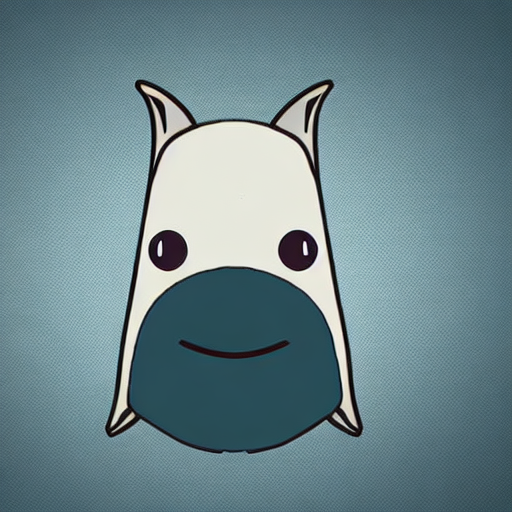OpenCL: Difference between revisions
| Line 262: | Line 262: | ||
==OpenGL Interop== | ==OpenGL Interop== | ||
===Textures=== | |||
See [https://software.intel.com/content/www/us/en/develop/articles/opencl-and-opengl-interoperability-tutorial.html OpenCL™ and OpenGL* Interoperability Tutoria]. | See [https://software.intel.com/content/www/us/en/develop/articles/opencl-and-opengl-interoperability-tutorial.html OpenCL™ and OpenGL* Interoperability Tutoria]. | ||
| Line 267: | Line 269: | ||
Note that <code>cl::Image</code> and <code>cl::Buffer</code> are not the same thing. A buffer is a contiguous section of memory whereas an image is a mipmapped texture. Interchanging them will result in <code>CL_INVALID_MEM_OBJECT</code> errors or similar. | Note that <code>cl::Image</code> and <code>cl::Buffer</code> are not the same thing. A buffer is a contiguous section of memory whereas an image is a mipmapped texture. Interchanging them will result in <code>CL_INVALID_MEM_OBJECT</code> errors or similar. | ||
I recommend writing to a separate buffer and copying to images. | I recommend writing to a separate buffer and copying to images. | ||
===Buffers=== | |||
[https://web.engr.oregonstate.edu/~mjb/cs575/Handouts/opencl.opengl.vbo.1pp.pdf Oregon State VBO Interop] | |||
[https://github.khronos.org/OpenCL-CLHPP/classcl_1_1_buffer_g_l.html cl::BufferGL] | |||
==Advanced Topics== | ==Advanced Topics== | ||
====Local Memory v. Global Memory==== | ====Local Memory v. Global Memory==== | ||
Revision as of 14:41, 10 December 2020
Installation
Windows
If you're using an NVIDIA GPU, install the CUDA Toolkit.
Linux
https://gist.github.com/Brainiarc7/dc80b023af5b4e0d02b33923de7ba1ed
Getting Started
Compiling
OpenCL kernels are compiled at runtime. All you have to do is link OpenCL when compiling your program and include your kernels in your program. For gcc just add flag -lOpenCL
C
See https://www.eriksmistad.no/getting-started-with-opencl-and-gpu-computing/
C++
C++ Bindings
While you can use the C bindings in your C++ application, Khronos also provides a set of C++ bindings in CL/cl.hpp (or CL/cl2.hpp) which are much easier to use alongside std containers such as std::vector. When using C++ bindings, you also do not need to worry about releasing buffers since these are reference-counted.
Julia
See OpenCL.jl.
Usage
Scalar Types
OpenCL 1.2 Scalar Data Types
While all OpenCL devices support single-precision floats, not all support double-precision doubles.
Vector Types
OpenCL Data Types
OpenCL 1.2 Vector Data Types
Just like glsl, OpenCL supports vector types such
float3 my_vec = (float3)(1.0);
where its elements are accessed using x,y,z as my_vec.x.
To convert between vector types, use convert_T()
- Notes
- 3-component data types are aligned to 4 components. I.e. an array of
uchar3with 4 elements will be equivalent to an array ofuchar4with 4 elements.
OpenGL Interop
Textures
See OpenCL™ and OpenGL* Interoperability Tutoria.
In C++, you can use cl::ImageGL to access textures in OpenGL.
Note that cl::Image and cl::Buffer are not the same thing. A buffer is a contiguous section of memory whereas an image is a mipmapped texture. Interchanging them will result in CL_INVALID_MEM_OBJECT errors or similar.
I recommend writing to a separate buffer and copying to images.
Buffers
Oregon State VBO Interop
cl::BufferGL
